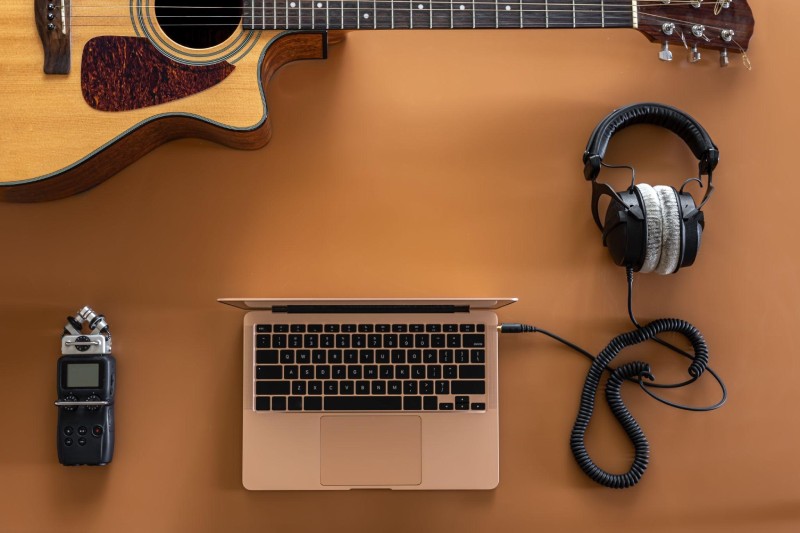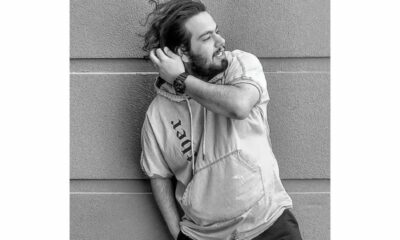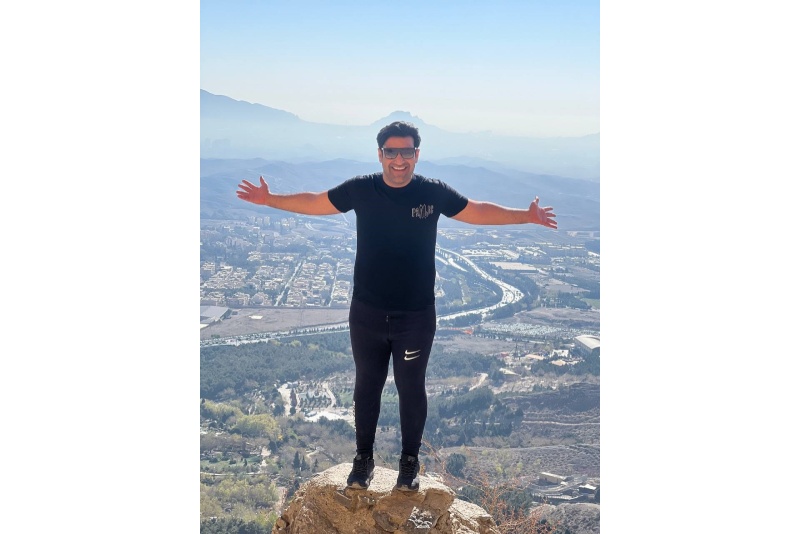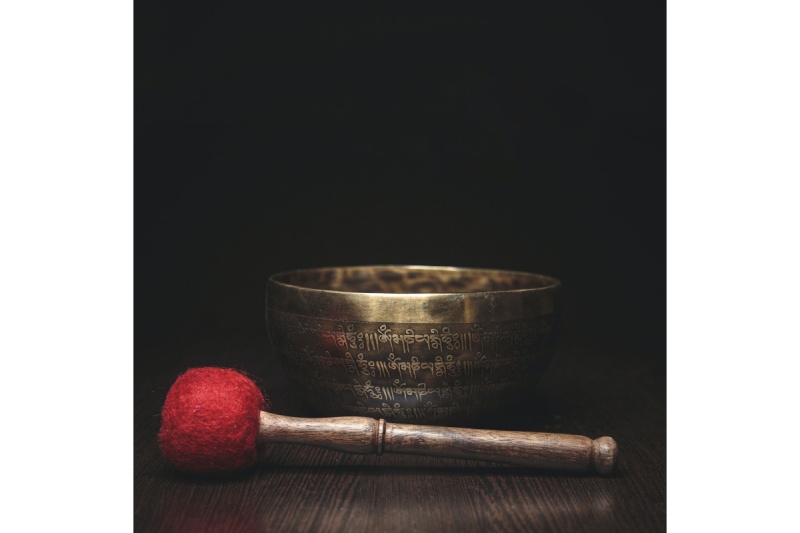Music
Matthias Heilmann Describes Harmonizing the Senses: Exploring the Interplay of Music and Visual Art

Curious about the captivating relationship between music and visual art? This article explores the beautiful synergy between these two artistic forms. Matthias Heilmann dives into the advantages and intricacies of this distinctive connection.
What Is Synesthesia?
Synesthesia is a fascinating neurological condition in which stimulation of one sensory or cognitive pathway triggers involuntary experiences in another path. People with synesthesia might see colors when they listen to music or associate distinct tastes with particular words or numbers. This extraordinary blending of the senses creates a vibrant and immersive understanding of the world.
What Are the Different Types of Synesthesia?
Synesthesia is a fascinating neurological condition where the brain involuntarily connects different sensory pathways. It comes in various forms, including::
- Grapheme-color synesthesia: Seeing colors associated with letters or numbers.
- Chromesthesia: Hearing colors in response to sound.
- Spatial-sequence synesthesia: Perceiving numbers, days of the week, or months as having specific locations in space.
- Number-form synesthesia: Visualizing numbers in specific spatial arrangements.
How Do Music and Visual Art Interact?
When delving into the relationship between music and visual art, there are several approaches you can take to gain a deeper understanding of how these two artistic mediums interact:
- Observation: Start by observing how visual art effectively communicates emotions and concepts through colors, shapes, and composition.
- Listening: Pay attention to the emotions, atmosphere, and storytelling music conveys.
- Visualization: Imagine the visual elements accompanying the music, such as colors, textures, and movements.
- Synchronization: Experiment with synchronizing visual art and music by creating or combining artworks with specific songs or compositions.
- Emotional connection: Reflect on how the combined experience of music and visual art enhances the emotional impact and depth of both forms.
How Does Music Influence Visual Art?
Music has a profound influence on visual art, inspiring and shaping artistic expressions.
- Setting the Mood: Artists often listen to music while creating to set a specific mood or atmosphere for their artwork.
- Rhythm and Movement: Music’s rhythmic qualities can inspire artists to create dynamic and flowing compositions.
- Emotional Connection: Music evokes emotions that artists can translate into their visual creations, conveying the same feelings to viewers.
- Symbolism and Narrative: Artists may incorporate musical instruments, notes, or lyrics into their artworks to convey specific meanings or tell a story.
How Does Visual Art Influence Music?
Visual art can have a profound influence on music, inspiring and shaping its creation. Here is how visual art influences music:
- Spark Creativity: Visual artwork, such as paintings or sculptures, can ignite new ideas and concepts in musicians, expanding their creative boundaries.
- Mood and Atmosphere: The colors, textures, and themes depicted in visual art can evoke specific emotions and atmospheres that composers can translate into their musical compositions.
- Cross-disciplinary Collaborations: Visual artists and musicians can collaborate to create immersive experiences where visual art installations accompany live performances, merging the two art forms.
What Are Some Examples of Music and Visual Art Collaborations?
In art, the lines between various mediums frequently blur as artists collaborate and find inspiration in each other’s work. One particularly intriguing synergy occurs between music and visual art.
Music-inspired Artworks
To create music-inspired artworks, follow these steps:
- Think about the emotions and imagery that the music evokes.
- Use various art mediums such as paint, pencils, or digital tools to translate those emotions into visual form.
- Experiment with different techniques and styles to capture the essence of the music.
- Allow yourself to express your interpretation of the music through your artwork freely.
- Take breaks and revisit your artwork to make adjustments and additions.
- Once satisfied, share your music-inspired artwork with others and see how they perceive it.
Visual Art-inspired Music
Music inspired by visual art is a captivating genre that delves into the crossroads of two artistic mediums. Musicians draw inspiration from visual art to craft exceptional compositions that capture the essence and ambiance of specific artworks. They employ a diverse range of techniques, from translating colors and shapes into musical elements to evoking the emotions connected to a particular piece of art.
What Are the Benefits of Combining Music and Visual Art?
We’ll delve into how this interaction can craft a one-of-a-kind, multi-sensory encounter for both the artist and the audience.
Enhances Emotional Response
Integrating music and visual art into your daily life can significantly impact emotional well-being, enhancing your responses in the following ways:
- Create a playlist of songs that evoke specific emotions and listen to it during different activities, like painting or exercising.
- Engage with visual art that resonates with your emotions, such as visiting art exhibitions or exploring online galleries.
- Experiment with creating your art inspired by music, expressing your emotions through colors, shapes, and textures.
Stimulates Creativity
Stimulating creativity is a valuable advantage of merging music and visual art:
- Find connections between music and visual art by analyzing how specific compositions or images evoke emotions or inspire ideas.
- Create your music and art collaborations by experimenting with different techniques and mediums.
- Use music and visual art to enhance your mood and productivity by creating playlists or surrounding yourself with inspiring artwork.
Creates a Multi-Sensory Experience
Crafting a multi-sensory experience by merging music and visual art can be a captivating and immersive journey:
- Explore multimedia exhibitions or attend events highlighting the fusion of music and visual art, including installations and immersive performances.
- Engage in interactive experiences that allow you to create your own music and visual art collaborations using technologies like music visualizers or digital art platforms.
- Experiment with synesthetic practices, like listening to music while creating visual art or vice versa, allowing the sensory inputs to influence and inspire each other.
How Can One Incorporate Music and Visual Art into Their Daily Life?
Attend Concerts and Art Exhibitions
- Research and choose events that combine music and visual art.
- Check the schedule and purchase tickets in advance.
- Arrive early to explore any visual art displays before the concert begins.
- Pay attention to how the visual art enhances or complements the music.
- Engage with the artists and musicians, asking about their creative processes.
- Take notes or capture photos to remember your experience.
- Reflect on the connections between the music and visual art after the event.
Create Your Own Music and Art Collaborations
To create your own music and art collaborations, follow these steps:
- Experiment and explore: Play around with different techniques, styles, and sounds to find the perfect combination that represents your artistic vision.
- Blend the elements: Integrate the music and visual art, ensuring they complement and enhance each other to create a unified piece.
- Showcase your work: Share your collaboration with others through exhibitions, performances, or online platforms to receive feedback and connect with a broader audience.
Use Music and Visual Art to Enhance Mood and Productivity
Utilizing music and visual art to boost mood and productivity is an excellent way to tap into your creativity and improve overall well-being.
- Listen to uplifting music while working or studying to create a positive and motivating atmosphere.
- Surround yourself with visually stimulating artwork, or create art to inspire and stimulate your mind.
- Combine music and visual art by creating a playlist that complements the mood and theme of your artwork.
-

 Sports4 weeks ago
Sports4 weeks agoAl Ahly vs Inter Miami, 2025 FIFA Club World Cup – Preview, Prediction, Predicted Lineups and How to Watch
-
Health3 weeks ago
Back to Roots: Ayurveda Offers Natural Cure for Common Hair Woes
-

 Tech3 weeks ago
Tech3 weeks agoFrom Soil to Silicon: The Rise of Agriculture AI and Drone Innovations in 2025
-

 Startup4 weeks ago
Startup4 weeks agoHow Instagram Is Driving Global Social Media Marketing Trends
-

 Science5 days ago
Science5 days agoJuly Full Moon 2025: Everything You Should Need to Know, When and Where to See Buck Moon
-

 Sports3 weeks ago
Sports3 weeks agoFIBA 3×3 World Cup 2025: Full Schedule, Preview, and How to Watch
-

 Gadget3 weeks ago
Gadget3 weeks agoThings to Know about Samsung Galaxy S26: What’s New and What’s Next
-

 Sports4 weeks ago
Sports4 weeks agoWorld Judo Championships 2025: Full Schedule, Date, Time, Key Athletes and How to Watch























